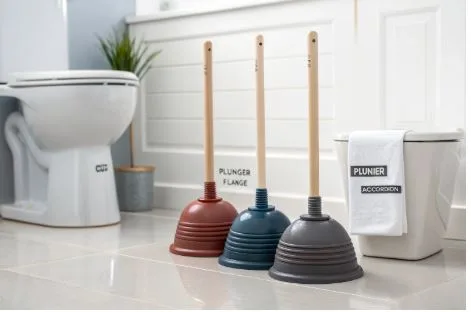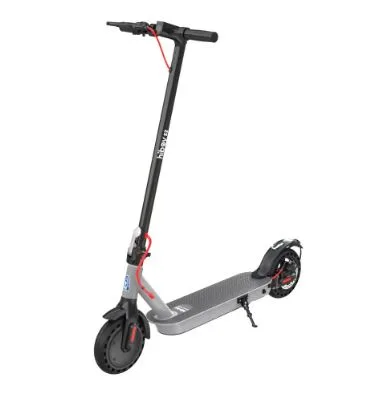Toilet Clogs Solved Fast: Find the Best Plunger for Your Home
Introduction
A clogged toilet can be stressful, especially if it happens at the worst possible moment. The good news? The right toilet plunger can fix most blockages in minutes—no expensive plumber, no harsh chemicals. But not all plungers are equal. Choosing the wrong type often leads to frustration, wasted time, and a bigger mess.
Why Choosing the Right Toilet Plunger Matters
Not all plungers are designed for toilets. Many households still use a basic cup plunger, which works fine for sinks but doesn’t seal well on a toilet bowl. Without a tight seal, you’ll struggle to create enough suction to clear the clog.
Benefits of having the best plunger:
- Clears blockages quickly and safely.
- Prevents water overflow and additional mess.
- Saves you from unnecessary plumber visits.
Best Types of Toilet Plungers
When you shop for a plunger, you’ll see three main styles:
- Cup Plunger – Great for sinks and tubs but ineffective for toilets.
- Flange Plunger – Designed specifically for toilets, with an extra rubber flap that fits tightly into the drain.
- Accordion Plunger – Produces strong pressure but is harder to use for beginners.
For most households, a flange plunger is the most effective and user-friendly choice.
How to Choose the Best Toilet Plunger
Key features to look for:
- Seal quality: A flexible, wide rubber end ensures better suction.
- Handle strength: A solid, non-slip grip helps you maintain control.
- Material durability: Thick rubber lasts longer and performs better.
- Storage design: Some models include a drip tray or combine with a brush set for cleaner storage.
Steps to Unclog a Toilet Quickly
- Position the plunger so the rubber end fully covers the drain.
- Make sure enough water covers the plunger head.
- Start gently, then apply firm, rhythmic pushes.
- Keep a tight seal and repeat 6–10 times.
- Pull away sharply to release the suction—often this clears the clog.
Pro Tip: Run the plunger under warm water before use. Softer rubber creates a tighter seal.
Compact Options for Small Bathrooms
If you have limited space, consider a slim flange plunger with a discreet holder. These models are easier to store while still providing the performance of the best toilet plunger.
Eco-Friendly Advantage
A durable plunger avoids chemical drain cleaners, which can damage pipes and harm the environment. Investing in one high-quality tool means years of use with zero waste.
FAQs
Q1: Which type of plunger is best for toilets?
A flange plunger offers the best seal and suction for most toilets.
Q2: Can I use a regular sink plunger for my toilet?
It’s not recommended. Sink plungers don’t create the necessary seal.
Q3: How do I keep my plunger clean?
Rinse it with hot water, use a disinfectant, and store it in a holder to prevent drips.
Q4: Are accordion plungers stronger than flange plungers?
Yes, but they require more force and are less convenient for quick use.
Q5: When should I replace my toilet plunger?
Replace it if the rubber cracks or feels stiff—it won’t seal properly.
Final Thoughts
Every home should have a reliable plunger ready to handle emergencies. Choosing the right one—especially a sturdy flange design—means faster clog removal and fewer plumbing costs.
For our expert-tested recommendations, check out the best toilet plunger options here.





